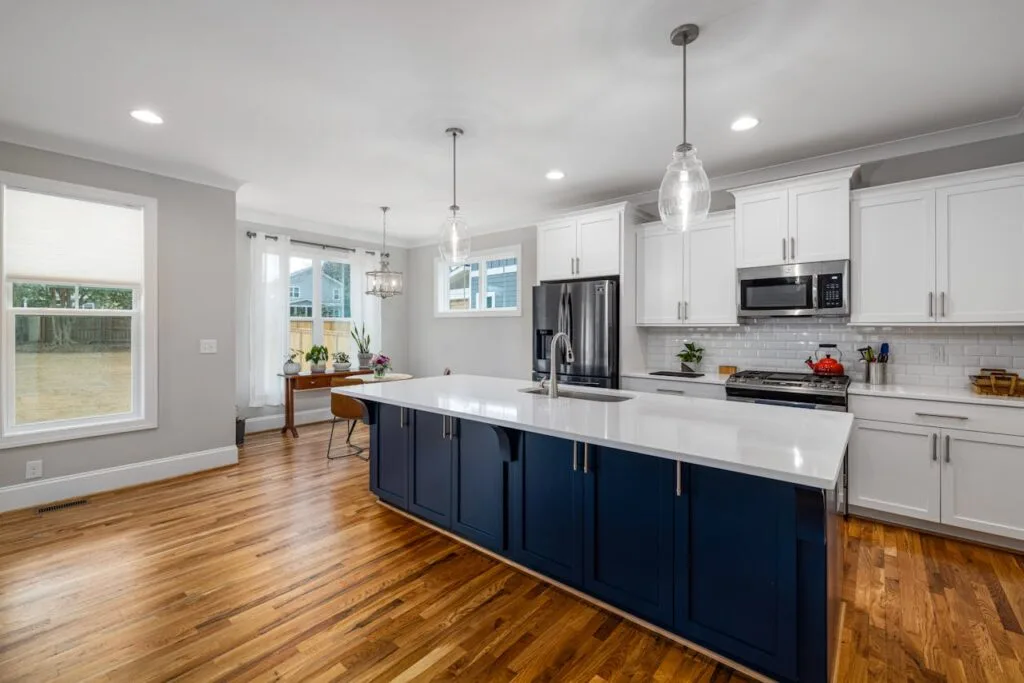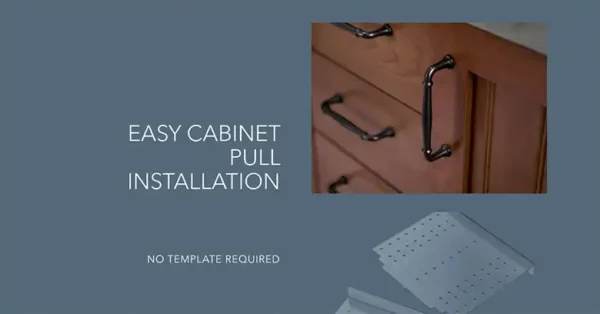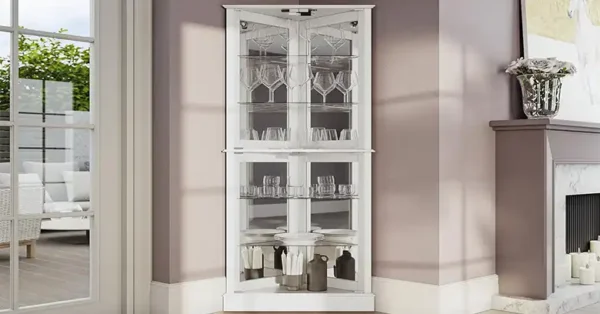Remodeling a kitchen is one of the most rewarding — and often most disruptive — home improvement projects homeowners undertake. The bright, modern kitchen you picture in your mind is achievable, but it requires careful planning, clear decisions, and realistic timing. This article breaks down how long a kitchen remodel takes, explains the key factors that affect the timeline, provides sample schedules for different project scopes, and offers practical tips to keep the job on track.
Estimated read time: 18–22 minutes
Quick answer (in one paragraph)
A simple cosmetic kitchen refresh (paint, new hardware, updated fixtures, minor countertop or appliance swaps) can take 2–6 weeks, while a full “gut” remodel that changes layout, moves plumbing/electrical, or replaces cabinetry and countertops typically takes 8–16 weeks (2–4 months). Complex projects that involve structural changes, custom cabinetry, or long material lead times can stretch to 4–6 months or longer. Permit waits, material delays, and decision-making hold-ups are the usual causes of extra time.
How to read this guide
If you want a quick timeline, jump to “Sample Timelines”. If you want the reasons behind every step and how to speed things up or slow things down intentionally, read the sections on “Key Phases”, “Factors that Affect Timelines”, and “Practical Tips to Keep Your Remodel On Schedule”.
The big-picture timeline (high level)
Here’s a compact high-level breakdown of a typical full kitchen remodel:
- Pre-planning & design: 2–6 weeks
- Permits & approvals: 1–6+ weeks (depends heavily on local jurisdiction & scope)
- Ordering long-lead items (cabinets, countertops, appliances): simultaneously with design; 2–12+ weeks
- Demo & rough-in (plumbing/electrical/HVAc): 1–2 weeks
- Inspections (rough-in): 1–2 weeks (depending on inspector availability)
- Drywall, flooring & paint: 1–3 weeks
- Cabinet & countertop install: 1–3 weeks (plus fabrication lead time)
- Appliance & finish installation: 3–7 days
- Final inspection & punchlist: 1–2 weeks
Total for an average full remodel: 8–16 weeks.
Key phases of a kitchen remodel (detailed)
Each project unfolds through several distinct phases. Below is a detailed look at each, typical durations, and what influences the length of that phase.
1. Pre-planning & goal setting — 1–3 weeks
What happens:
- Define goals: cosmetic refresh vs. full layout change.
- Establish a budget range and priorities (e.g., more spent on countertops vs. cabinets).
- Take measurements and current-condition photos.
- Decide whether to DIY, hire a general contractor, or hire a designer + contractors.
Why time varies:
- If you know what you want and have a budget, this takes days. If you’re unsure, researching styles, finishes, and materials can take weeks.
Deliverables:
- Project brief, initial budget, scope draft.
2. Design & selections — 1–6 weeks
What happens:
- Schematic design (layouts, elevations), cabinet plans, material & finish selections.
- Detailed drawings for contractors and for custom cabinetry vendors.
- Finalizing appliance specifications.
Why time varies:
- Custom designs and revisions increase time.
- The more decisions you defer, the more likely work will stall later.
Deliverables:
- Final plans and material list, cabinet drawings, appliance order numbers.
3. Permits & approvals — 1–6+ weeks
What happens:
- Submit plans to the local building department for permits for electrical, plumbing, structural changes.
- Wait for review, possible corrections, and permit issuance.
Why time varies:
- Local municipality workload. Some jurisdictions can issue permits in days; others take weeks.
- Projects with structural changes usually need longer review.
Deliverables:
- Approved permits, permit numbers visible on the job site.
4. Ordering long-lead items — 2–12+ weeks (concurrent)
What happens:
- Order cabinets (stock, semi-custom, or fully custom), countertops (quartz, granite, marble), specialty lighting, and appliances.
Why time varies:
- Stock cabinets are quickest (days–2 weeks). Semi-custom: 4–8 weeks. Fully custom: 8–12+ weeks.
- Countertops: engineered quartz often 2–4 weeks; natural stone depends on slab availability and templating (4–8+ weeks).
- Appliances: usually 1–4 weeks but can be longer for specialty items.
Tip: Order these early — they are often the biggest schedule drivers.
5. Demolition — 1–5 days
What happens:
- Existing cabinets, countertops, backsplash, appliances, and sometimes floors are removed. Walls may be opened for inspections.
Why time varies:
- Extent of demolition (partial vs full gut) and whether hazardous materials (asbestos, lead paint) are present and require professional abatement.
Deliverables:
- Cleaned demo debris offsite or staged for removal.
6. Rough-in (electrical, plumbing, HVAC, structural) — 3–14 days
What happens:
- Plumbers and electricians move pipes and wires to match the new layout, install new rough plumbing, ventilation ducts, and any structural reinforcements.
Why time varies:
- Complexity of layout changes (e.g., moving sink/island plumbing, adding gas lines) and the number of subcontractors on site.
Deliverables:
- New rough plumbing & electrical installed and ready for inspection.
7. Inspections — 1–14 days (variable)
What happens:
- Building inspectors check rough-in work. If corrections are needed, those are made and re-inspected.
Why time varies:
- Inspector availability and the number of issues requiring re-inspection.
Deliverables:
- Passed rough-in inspections, permit sign-offs for the next stage.
8. Walls, ceiling, & flooring (subfloor prep, new floor) — 3–14 days
What happens:
- Install or repair subfloor, lay new flooring, hang drywall, tape & mud, and sand.
Why time varies:
- Flooring type (tile requires more prep and grout curing time than vinyl or engineered hardwood).
- Moisture issues that require drying time.
Deliverables:
- Finished substrate ready for cabinetry and finish work.
9. Cabinet installation — 1–5 days (installation) plus lead time
What happens:
- Cabinets are delivered and installed; adjustments and shimming happen to ensure level.
Why time varies:
- Cabinet type (stock vs. custom) — custom cabinets take longer to build and often longer to repair/adjust on site.
Deliverables:
- Installed cabinet boxes and often full cabinet hardware later.
10. Countertop templating & fabrication — 1–3 weeks (template to install)
What happens:
- Once base cabinets are installed, fabricators template the countertops, cut and finish them offsite, then install.
Why time varies:
- The material. Natural stone may require special handling and more time.
Deliverables:
- Countertop installed and sealed.
11. Backsplash, finishing carpentry, trim, & paint — 3–10 days
What happens:
- Backsplash tile installation, painting or touch-up, crown molding, toe-kicks, and finish carpentry.
Why time varies:
- Backsplash complexity (patterned tile or intricate mosaics take longer); paint drying time; number of finish carpenters.
Deliverables:
- Completed finishes that make the kitchen feel done.
12. Appliance, fixture installation & punchlist — 2–7 days
What happens:
- Appliances are set, hooked up, appliances tested, plumbing fixtures installed, final electrical connections made, and the final punchlist is completed.
Why time varies:
- Appliance delivery timing and how many items need professional installation (gas ranges, integrated refrigeration).
Deliverables:
- Fully functional kitchen.
13. Final inspections & certificates of occupancy (if required) — 1–14 days
What happens:
- Final building inspections confirm compliance; the project is closed out.
Why time varies:
- Inspector schedules and any outstanding issues to remedy.
Deliverables:
- Final permit sign-off and warranties documentation.
Factors that most affect how long a remodel takes
Here are the major variables that commonly increase or reduce total project time.
1. Scope of work
- Cosmetic refresh (new paint, hardware, faucet, maybe a countertop upgrade) — shortest.
- Cabinet refacing (keeping cabinet boxes, replacing doors/faceframes) — faster than full replacement.
- Full gut remodel (new layout, new plumbing/electrical, new cabinets and counters) — longest.
2. Changes to layout & structural work
Moving a sink, relocating gas lines, or removing load-bearing walls requires structural engineering and often lengthier permitting and inspection — big time drivers.
3. Custom vs. stock materials
Custom cabinets, specialty hardware, imported tiles, or bespoke lighting can have long lead times (8–12+ weeks), while stock items often ship within days.
4. Permit processes & inspections
Some cities are fast; others have backlogs. If your project triggers multiple departments (historical district approval, structural, plumbing, electrical), expect longer waits.
5. Contractor availability & sequencing
A skilled general contractor who coordinates multiple trades well can help keep the timeline tight. Skilled subs with booked schedules can delay a project by weeks.
6. Hidden issues discovered during demo
Rot, mold, insect damage, or unexpected wiring/plumbing conditions can add days to weeks for remediation.
7. Decision-making speed (owner-driven delays)
Late selections or change orders are a major cause of delays. Every change often creates ripple effects, especially if an ordered item must be revised.
8. Site conditions & access
Tight urban homes, tricky deliveries (narrow streets, no parking), or limitations on working hours can slow progress.
9. Season & weather
Exterior work or deliveries in winter/snow can delay lead times, and humidity affects paint and grout curing times.
10. Budget constraints
If cash flow forces staggered purchases or delays in paying suppliers, materials may not be ordered on time




